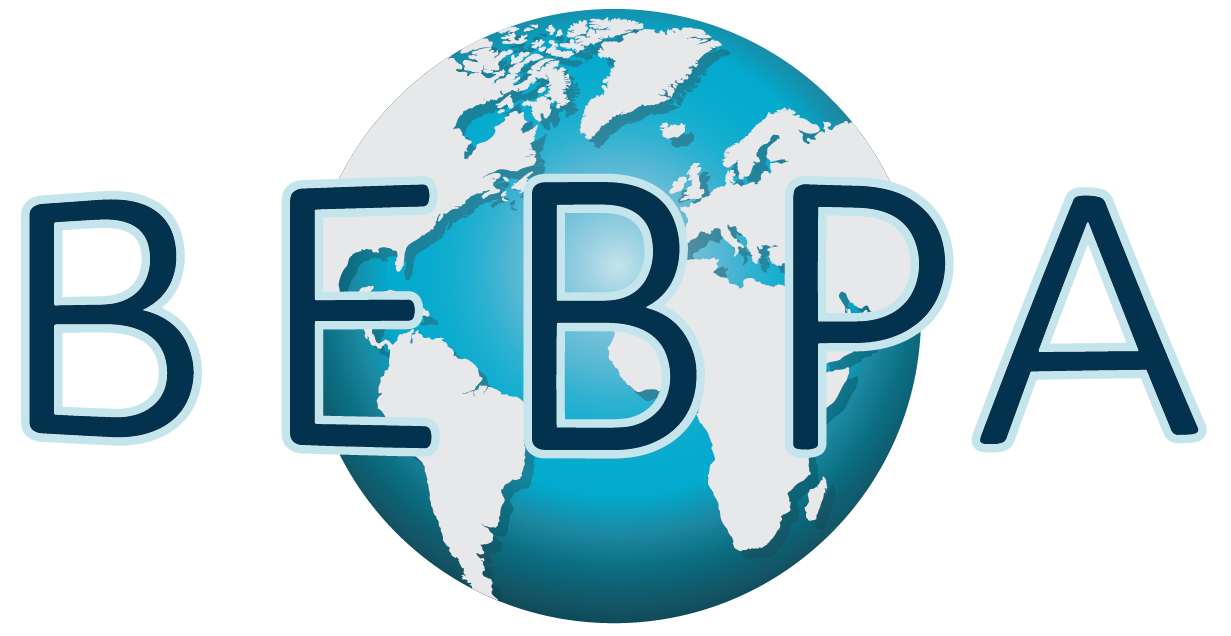BEBPA Blog
Tech Briefing: Improved Clearance of High Risk HCPs
In this year’s BEBPA Host Cell Protein Conference, we are featuring presentations covering some recent successes downstream process engineers have had in improving the purity of biopharmaceuticals.
Prof. Stefano Menegatti (Chemical and Biomolecular Engineering, North Carolina State University) will discuss the development and performance of peptide affinity ligands for capturing HCPs. Their first-generation set of ligands for CHO HCPs, LigaGuard G.1, was comprised of 9 peptides.[1] These ligands performed better than ion exchange columns, but they missed some important high-risk HCPs and adsorbed more mAb than desired. Recently, they added 5 more peptide ligands to produce their second-generation column, the LigaGuard G.2.[2] They demonstrated that the thermodynamics and kinetics of their G.2 column favor HCP vs. mAb adsorption. This has resulted in clearance of more high-risk HCPs and an improvement of mAb yield. They determined LigaGaurd G.2 columns are compatible with relatively high throughput (a column residence time of 1 minute is optimal), and that they can be placed upstream of a Protein A column to improve HCP clearance to ~4 log10, as well as possibly prolong the Protein A column’s lifetime. Prof. Menegatti will discuss additional testing of LigaGard G.2 and PichiaGard[3] (for yeast expression systems) with bispecific antibodies, viral vectors, and other recombinant proteins.
Read Professor Menegatti’s full abstract here.
Dr. Reiko Kiyonami of Thermo-Fisher will discuss the use of POROS Caprylate Mixed-Mode Cation Exchange as a polishing step for mAb purification. The Caprylate MMCEX resin has been marketed for removing aggregates from mAb products. Several studies have been published in the last two years providing evidence that aggregates may be a common source of troublesome HCPs.[4],[5] The more we learn about HCP clearance, the more we seem to find that the troublesome HCPs are not individual molecules that just happen to bind and elute with the product. Instead, these HCPs are sticky, amorphous, shape-shifting entities that seem to glom onto anything and everything in an attempt to find their way into the drug product. Minimizing aggregate formation and removing aggregates as soon as possible from the product stream appear to be good ways to reduce the HCP burden in the product.
Read Dr. Kiyonami’s full abstract here.
These presentations are great illustrations of comprehensive approaches being developed for removing troublesome HCPs and making it easier for our industry to produce highly pure biotherapeutics.
Come hear these speakers, and more, in-person at our upcoming BEBPA 2024 Hybrid Host Cell Protein Conference! View our agenda for a full list of speakers and talks scheduled for this May.
References:
[1] Lavoie et al., Targeted capture of Chinese hamster ovary host cell proteins: Peptide ligand discovery. International Journal of Molecular Sciences, 2019, 20(7):1729.
[2] Sripada et al., Towards continuous mAb purification: Clearance of host cell proteins from CHO cell culture harvests via “flow-through affinity chromatography” using peptide-based adsorbents. Biotechnol Bioeng. 2022, 119(7):1873-1889.
[3] Sripada et al., Pseudo-affinity capture of K. phaffii host cell proteins in flow-through mode: Purification of protein therapeutics and proteomic study. Separation and Purification Technology. 2023, 326:124777.
[4] Herman et al., Behavior of host-cell-protein-rich aggregates in antibody capture and polishing chromatography. J Chromatogr A. 2023, 1702:464081.
[5] Oh et al., Characterization and implications of host-cell protein aggregates in biopharmaceutical processing. Biotechnol Bioeng. 2023, 120(4):1068-1080.
